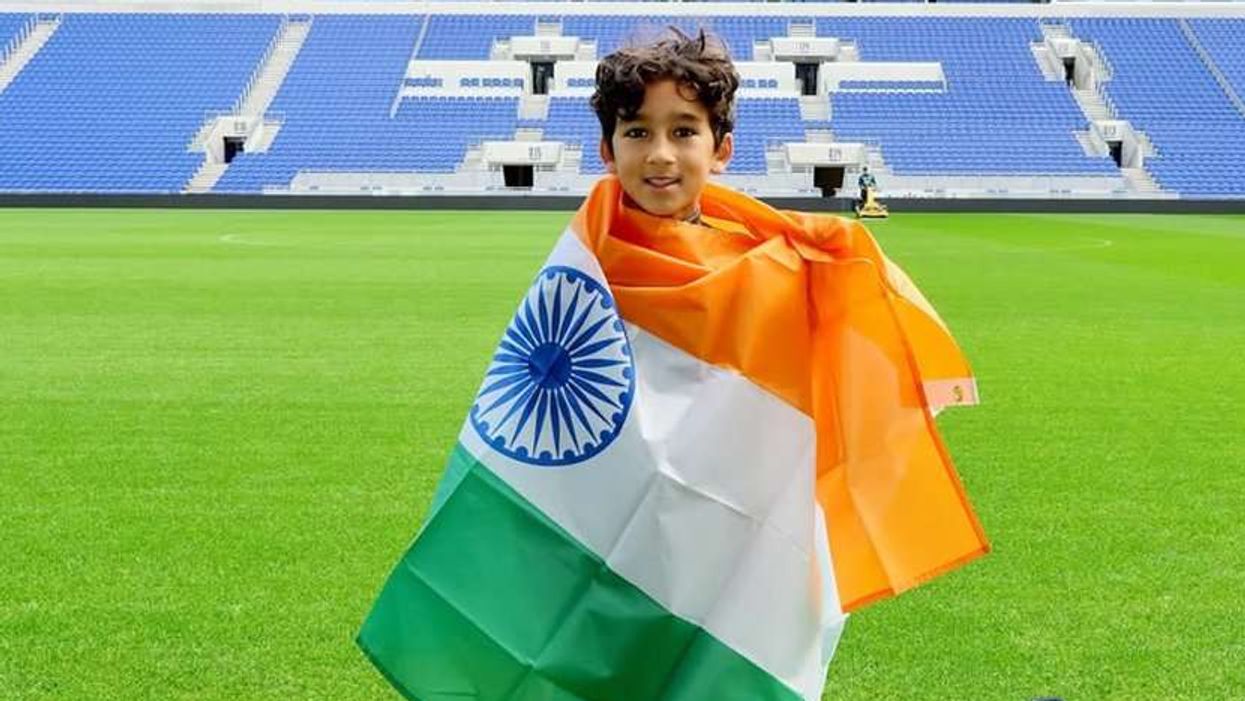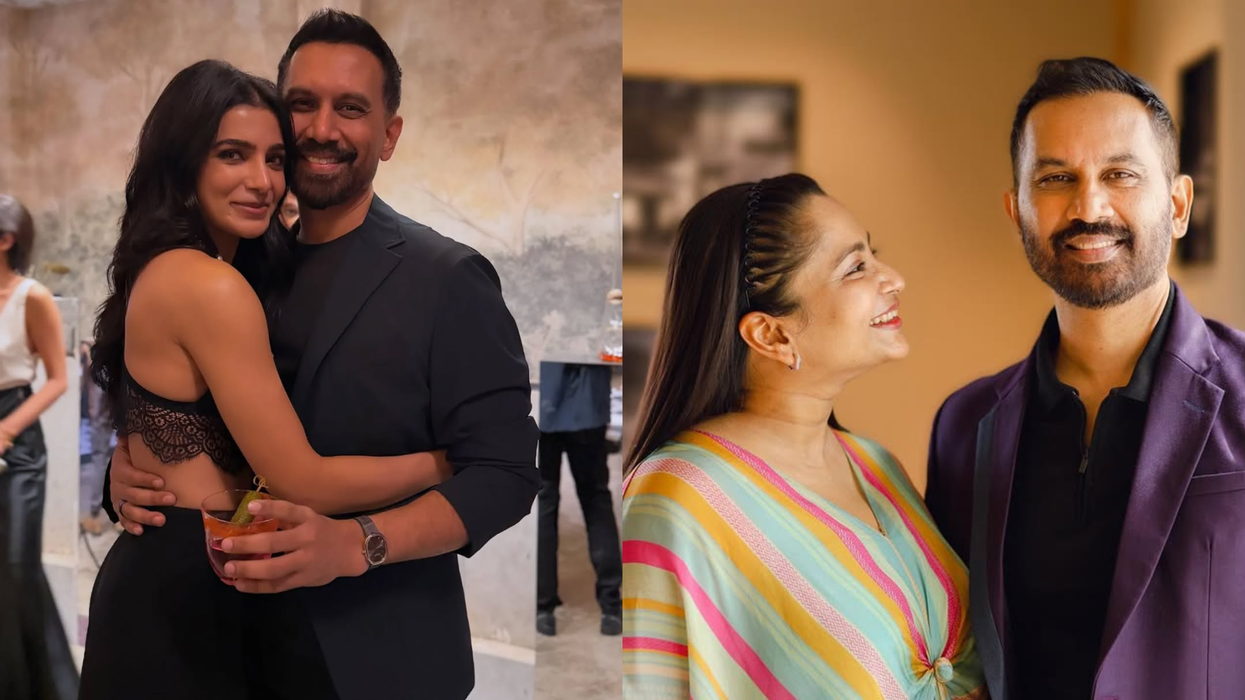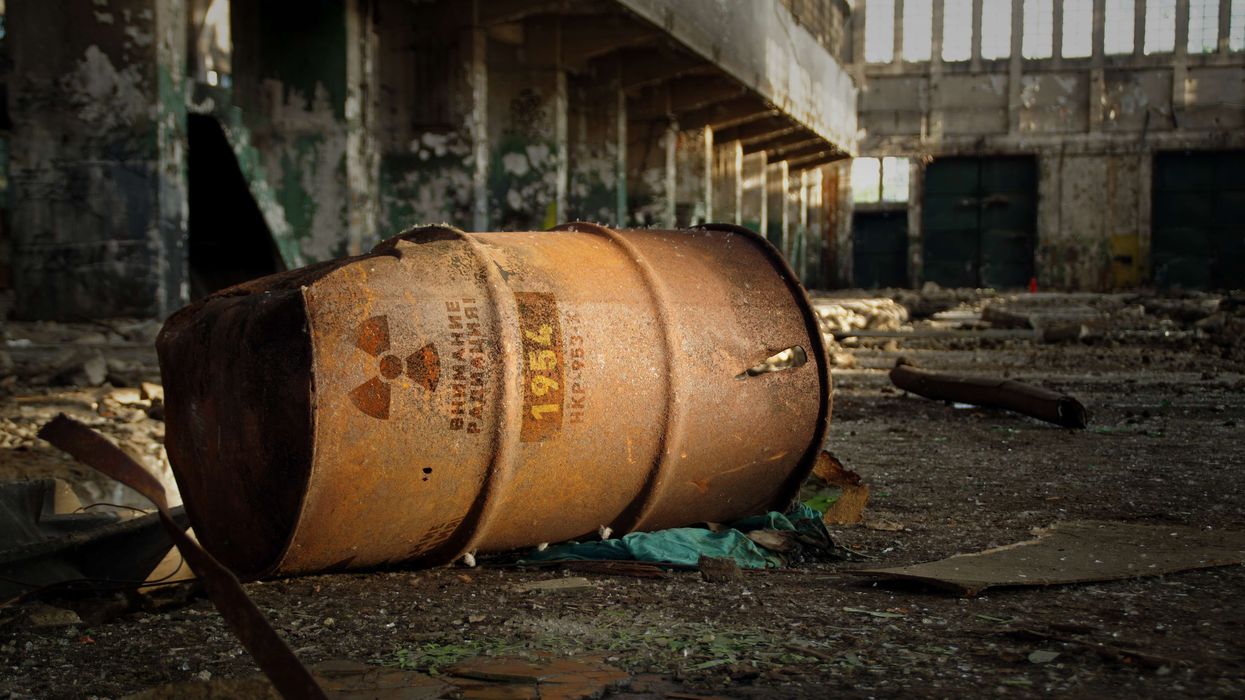RISHI SUNAK has extended the government's job retention scheme -- the costly centrepiece of its attempts to mitigate the coronavirus hit to the economy -- by a further four months until the end of October.
The chancellor told Parliament on Tuesday (12) that there would be no changes to the scheme, which currently pays 80 per cent of the wages of workers who are temporarily laid off.
He said 7.5 million jobs were now covered by the scheme.
From August, the scheme would continue with greater flexibility to support the transition back to work, allowing employers who are currently using the scheme to bring furloughed employees back part-time.
"We will ask employers to start sharing with the government the cost of paying people's salaries," said Sunak, adding that he expected the scheme to close by the end of October. It had previously been due to run until the end of June.
"Our Coronavirus Job Retention Scheme has protected millions of jobs and businesses across the UK during the outbreak – and I’ve been clear that I want to avoid a cliff edge and get people back to work in a measured way," he said.
The job retention scheme was initiated to reduce a rise in unemployment in Britain. But at about £10 billion a month, its cost is approaching the amount of money the country spends on the NHS.
Sunak maintained that such levels of spending were "unsustainable".
"We have stretched and strained to be as generous as possible to businesses and workers," he told Parliament.
"This scheme is expensive. It is the right thing to do -- the cost of not acting would have been far higher -- but it is not something that can continue indefinitely into the future."
The UK is racking up new debt at a furious pace: it is due to issue £180 billion of government debt between May and July, more than previously planned for the entire financial year.
An employers' group said the inclusion of part-time working in the furlough scheme would help companies get back up to speed, but sought more information on how companies would be made to contribute.
"Many firms that would normally be on strong footing are still in dire straits," Edwin Morgan, director of policy at the Institute of Directors, said noted.
The chancellor said he would provide further details on the scheme by the end of May.
"UNIVERSAL CREDIT"
The British government has so far received 2.5 million claims for welfare payments between March 16 and May 5 via its "Universal Credit" benefits system.
Universal Credit benefits are paid to people in work as well as those who have lost their jobs.
March 16 was the date the government first began asking Britons to avoid unnecessary travel and social contact, work from home if possible, and isolate for 14 days if they had coronavirus symptoms.
"Whilst there is still an increase in volumes compared to normal business, these are now beginning to fall," the government said.












